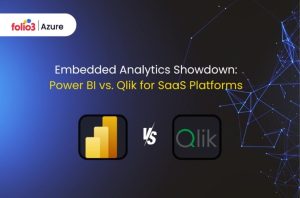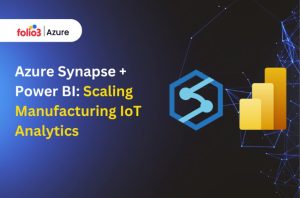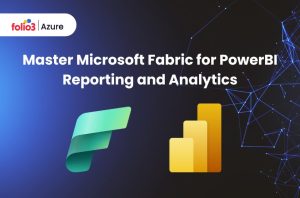Table of Contents
ToggleIn the world of data analytics, Power BI stands out as a powerful tool for transforming raw data into meaningful insights. However, users often find themselves at a crossroads when deciding between using Power BI Dashboards and Power BI Reports.
Both have unique features and serve different purposes, making the choice dependent on specific needs and circumstances. This comparison will help you understand which option suits your requirements better.
Power BI Dashboard
A Power BI Dashboard is a tool where you can see all your important data at once. It’s like a summary page that helps you understand your information quickly and easily.
Purpose of Using
Power BI Dashboards are designed to provide a high-level overview of key performance indicators (KPIs) and metrics. They offer a snapshot view of your business’s health, making them ideal for executives and management who need quick insights without delving into the details.
Key Features
- Real-time Data: Dashboards can display real-time data from various sources, offering up-to-the-minute insights.
- Single Page View: All critical metrics are displayed on a single page, making it easy to monitor performance at a glance.
- Interactive Tiles: Users can interact with the tiles to get more information or drill down into underlying reports.
Pros
- Quick Insights: Provides a quick, at-a-glance view of key metrics.
- User-Friendly: Easy to navigate, making it accessible for users with varying technical skills.
- Real-Time Updates: Keeps data current and relevant, enabling timely decision-making.
Cons
- Limited Detail: Does not provide in-depth analysis or detailed insights.
- Customization Constraints: Limited customization options compared to reports, which may restrict how data is presented.
Power BI Report
A Power BI Report is a collection of data visualizations, like charts and graphs, that show important information in a way that’s easy to understand. It helps people see patterns, trends, and insights by turning data into visual reports.
Purpose of Using
Power BI Reports are designed for detailed exploration and in-depth analysis of data. They are ideal for data analysts and business owners who need to scrutinize data closely to make informed decisions.
Key Features
- Multiple Pages: Unlike dashboards, reports can span multiple pages, each offering detailed views of different datasets.
- Extensive Customization: Users can customize visuals, layouts, and interactions extensively to suit their analytical needs.
- Drill-Through Capabilities: Powerful drill-through functionalities allow users to explore data at granular levels.
Pros
- Detailed Insights: Offers comprehensive analysis and insights, making it invaluable for deep dives into data.
- High Customizability: Extensive customization options allow users to tailor reports to their specific needs.
- Drill-Through: Enables users to delve deeper into data, uncovering hidden trends and insights.
Cons
- Complex Navigation: Can be complex to navigate, especially for users who are not technically inclined.
- Static Nature: While interactive, reports are often not updated in real-time, requiring manual refreshes for the latest data.
Power BI Dashboards vs Reports: Similarities and Differences
While both Power BI Dashboards and Reports are designed to visualize data, they serve different purposes and offer varied functionalities. Key similarities include:
- Data Visualization: Both provide tools to visualize data through charts, graphs, and other visual elements.
- Interactivity: Both offer interactive elements, though dashboards tend to be more interactive with real-time updates.
Key Differences Include
- Scope: Dashboards provide a broad overview of key metrics, while reports offer in-depth, detailed analysis.
- Customization: Reports offer more extensive customization options compared to dashboards.
- Data Sources: Dashboards can pull data from multiple sources simultaneously, whereas reports typically focus on a single data source.
Power BI Dashboard vs Report: Which Is Better?
The choice between a Power BI Dashboard and a Power BI Report depends largely on your needs and use cases.
- For Quick Insights and Monitoring: If you need a quick, high-level overview of your business’s performance, a Power BI Dashboard is the better choice. Its real-time data capabilities and user-friendly interface make it perfect for executives and management teams.
- For Detailed Analysis and Exploration: If your goal is to conduct in-depth analysis and uncover detailed insights, a Power BI Report is more suitable. Its extensive customization options and drill-through capabilities are ideal for data analysts and business owners who require comprehensive data exploration.
Conclusion
In summary, both Power BI Dashboards and Reports have their unique strengths and serve distinct purposes. Dashboards are best for quick, high-level insights and real-time monitoring, while reports excel at providing detailed, customizable analysis. Understanding your specific needs and the nature of the data you work with will guide you in choosing the right tool for your business.
For those looking to maximize their data analysis capabilities, consider integrating both dashboards and reports into your workflow. This approach allows you to benefit from the quick insights of dashboards and the deep analysis provided by reports, ensuring a holistic view of your business performance.
Ready to take your data analysis to the next level? Explore Power BI today and unlock the full potential of your data.


